Freaky Facts About Halloween
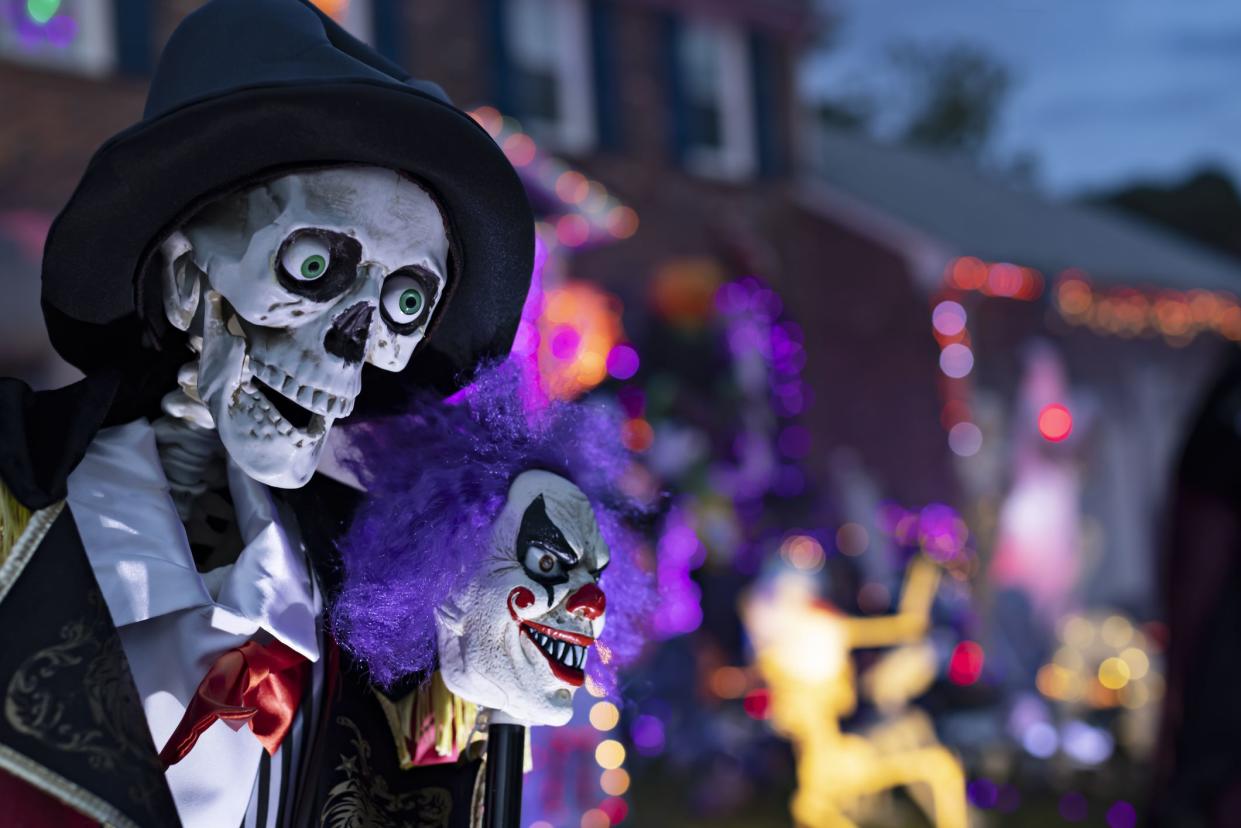
Halloween is already full of scares, but when you know the truth behind some Halloween traditions and history, things get even scarier. These 18 facts about Halloween are sure to creep you out — or amuse you.
Related: Horrifying and Hilarious Halloween Lawn Decorations to Wow the Neighbor Kids
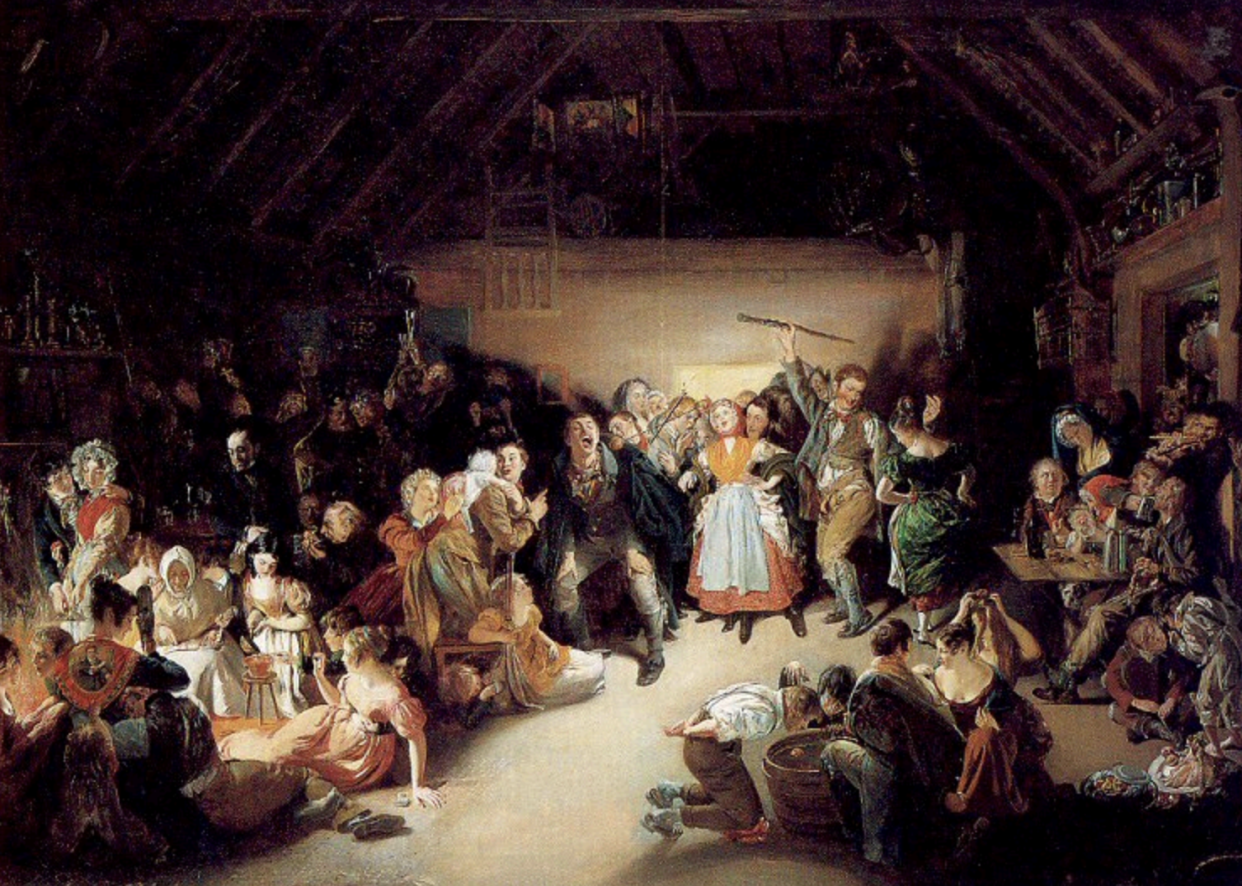
Halloween originated with the Celtic festival of Samhain held 2,000 years ago. The Celts believed that the ghosts of the dead returned to the earth during this festival. The Celts built bonfires where they sacrificed crops and animals to the deities, and they wore costumes often made of animal heads and skins.
Related: The 25 Most Terrifying Places in America
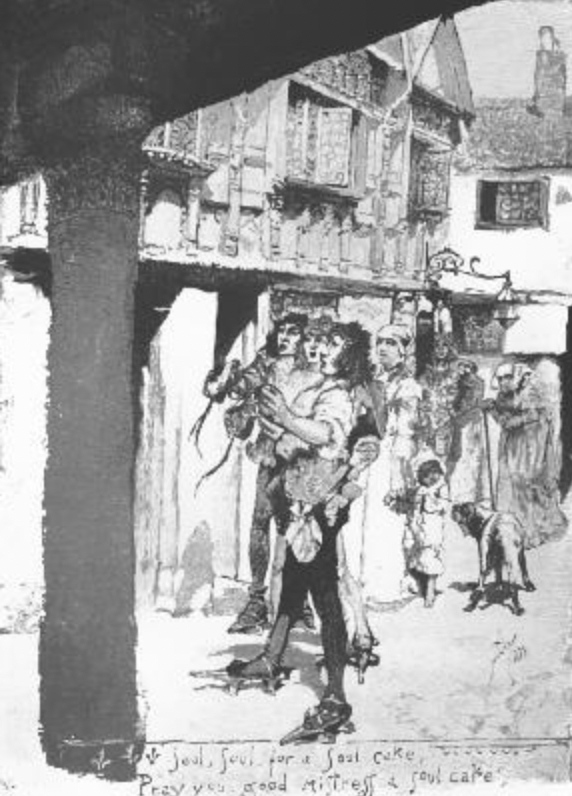
Trick-or-treating may be a fun activity today, but it has a more morbid history. The practice originated during medieval times when poor people visited wealthier people’s homes, a tradition called “souling.” They received “soul cake” pastries, but in return, they had to promise to pray for the homeowners’ dead relatives.
Related: 50 Famous Gravesites and Cemeteries Around the World
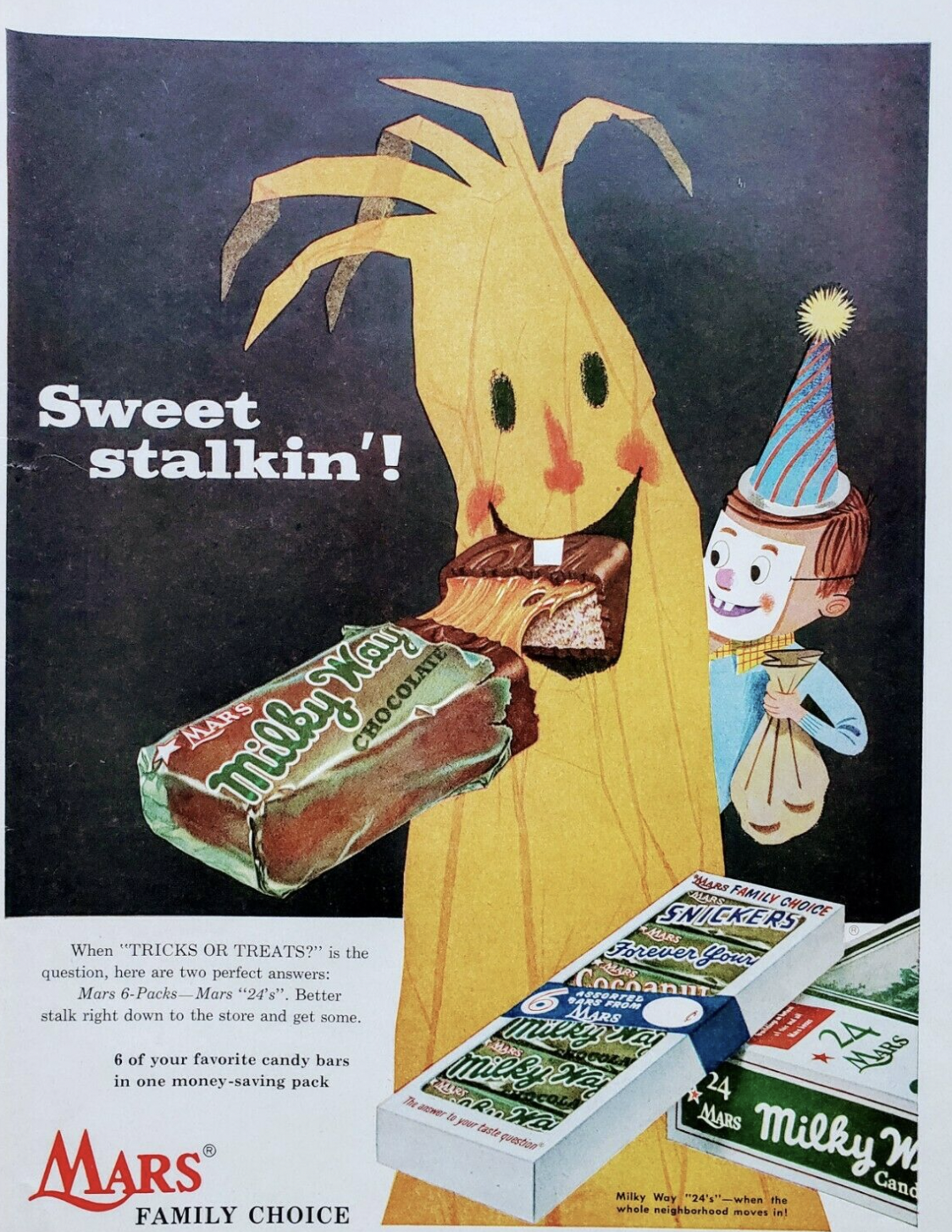
Trick-or-treating may be thousands of years old, but the practice of giving out candy is relatively new. Up until the 1950s, kids received treats like fruit, nuts, toys, and even cookies. Candy manufacturers noticed the opportunity and started to promote candy for trick-or-treating. By the 1970s, handing out candy had become the norm.
Related: Halloween-Themed Candies to Buy Before They Sell Out
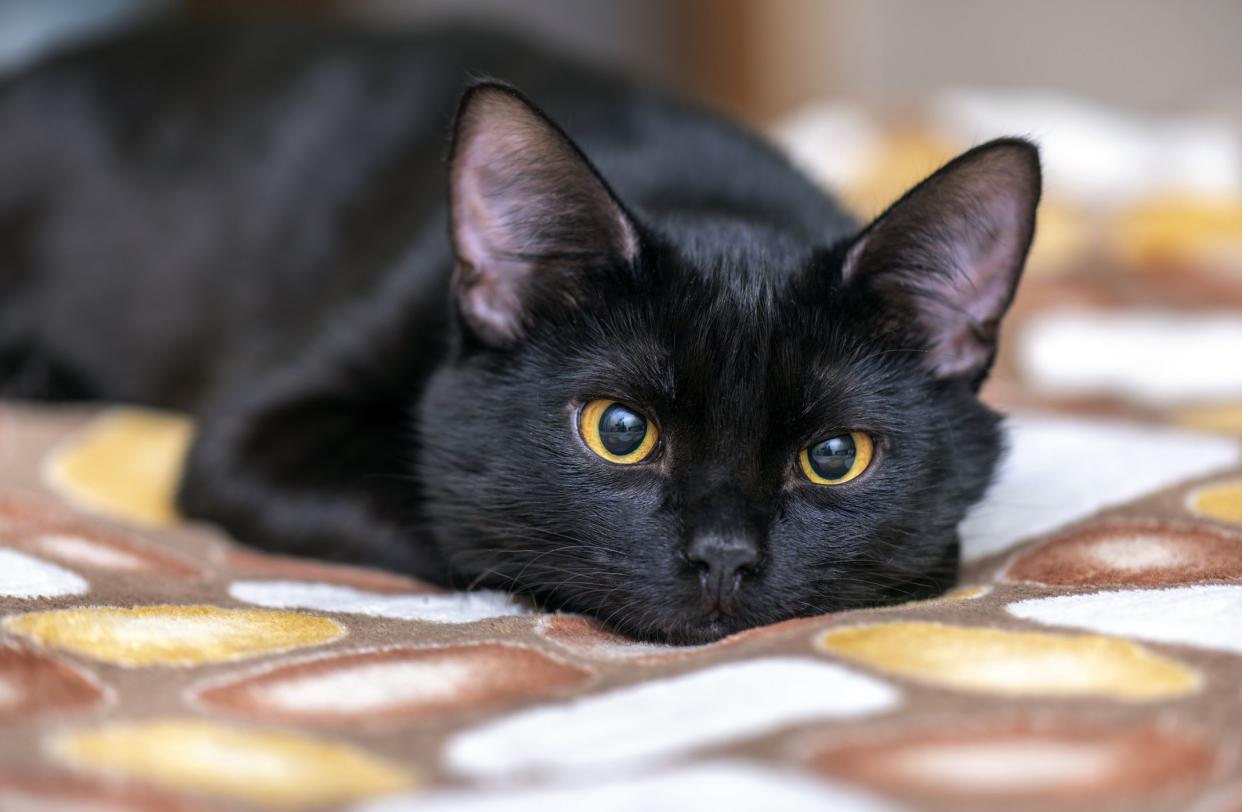
The modern-day superstition that black cats bring bad luck actually originated in the Middle Ages. At that time, people believed that witches turned themselves into black cats to avoid being discovered as witches.
For more fun trivia, please sign up for our free newsletters.
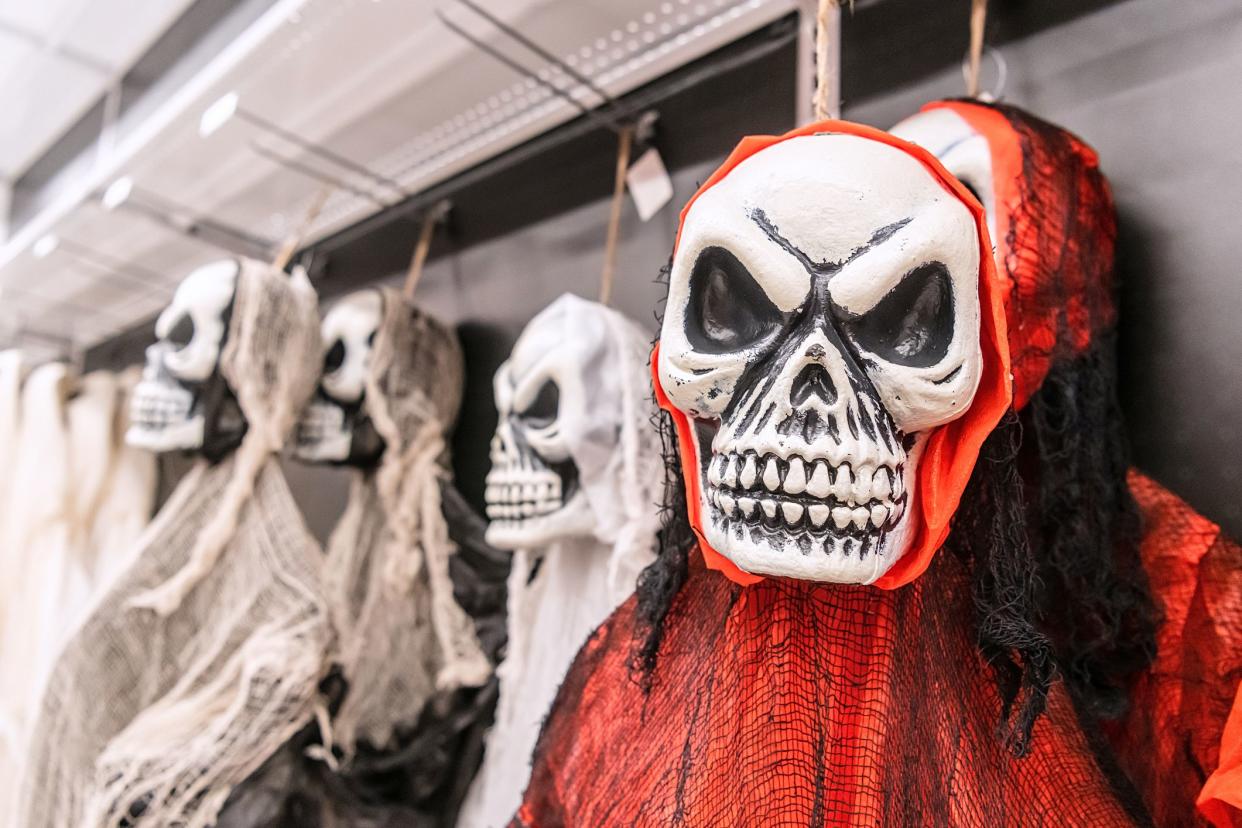
The National Retail Federation reports that Halloween is a major commercial holiday, and spending is up again in 2022. It’s projected to reach $10.6 billion, which would be yet another all-time high. According to the annual survey, 69% of respondents plan to celebrate, with an average of $100.45 in planned spending per person.
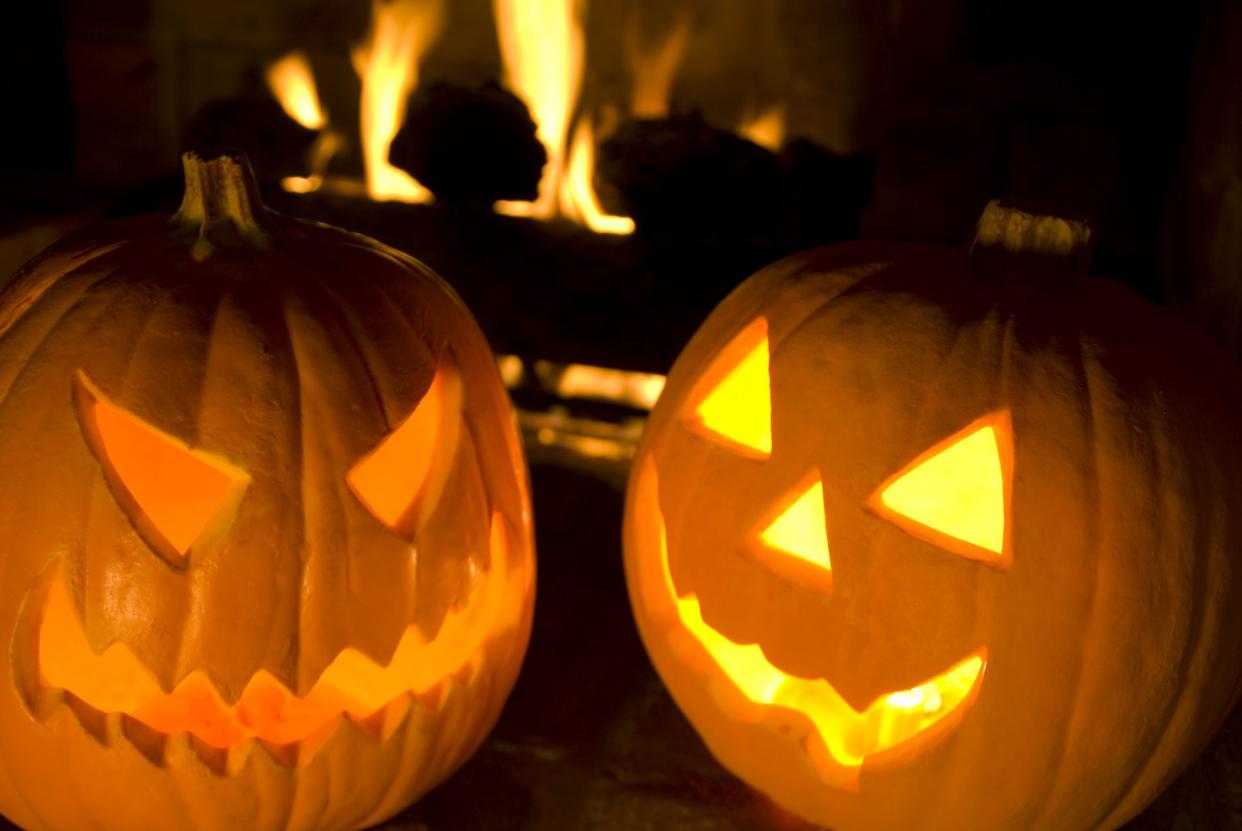
An Irish myth about a man named “Stingy Jack” tells of how Jack cheated the Devil. After Jack died, the Devil wouldn’t let him into hell, and instead gave Jack a piece of burning coal to light his way in the night. Jack carved out a turnip and put the coal inside of it, and his ghost roams with that turnip. The Irish call the ghost the “Jack of the Lantern” or “Jack-o'-Lantern.”
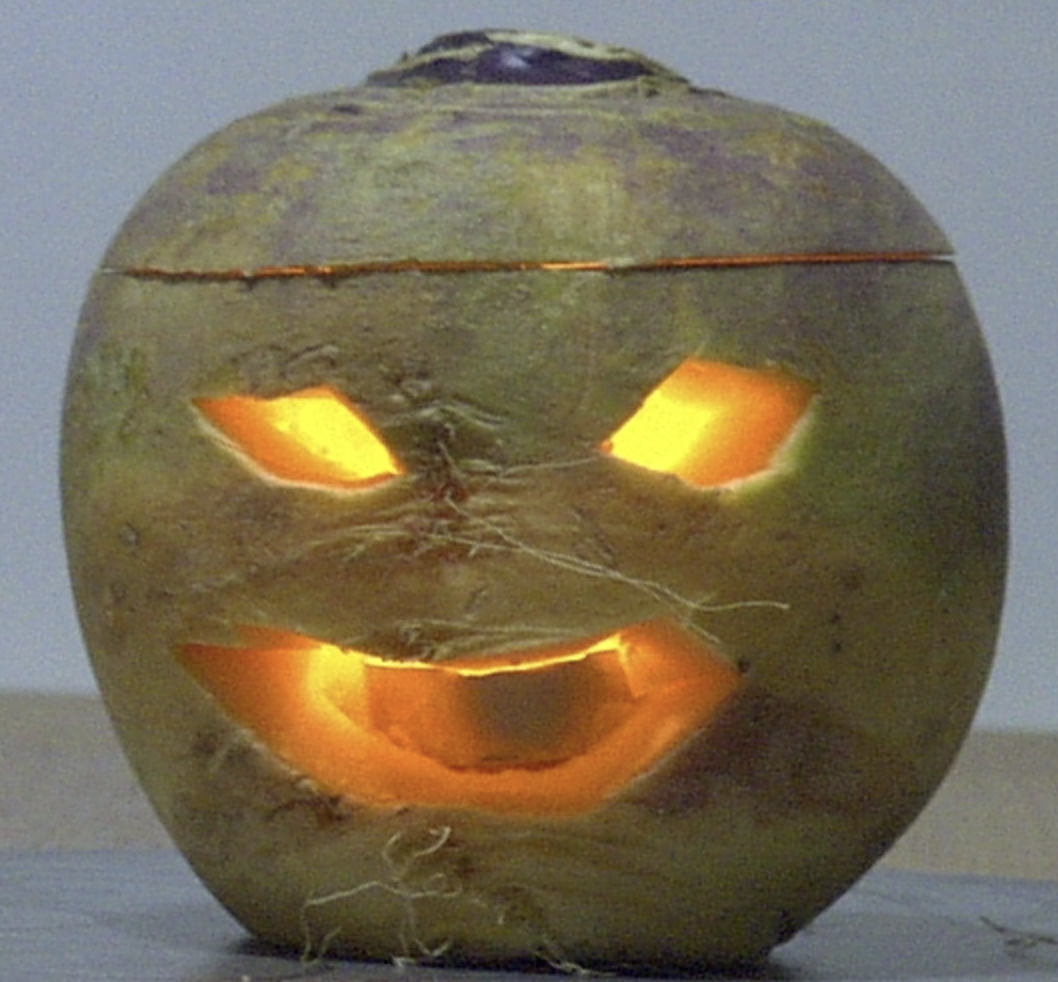
Inspired by the Stingy Jack myth, people in Ireland and Scotland carved faces into turnips and potatoes to frighten Stingy Jack and other spirits away. People in England used large beets. Immigrants to the United States found that pumpkins were an even better option, leading to the modern-day jack-o'-lantern.
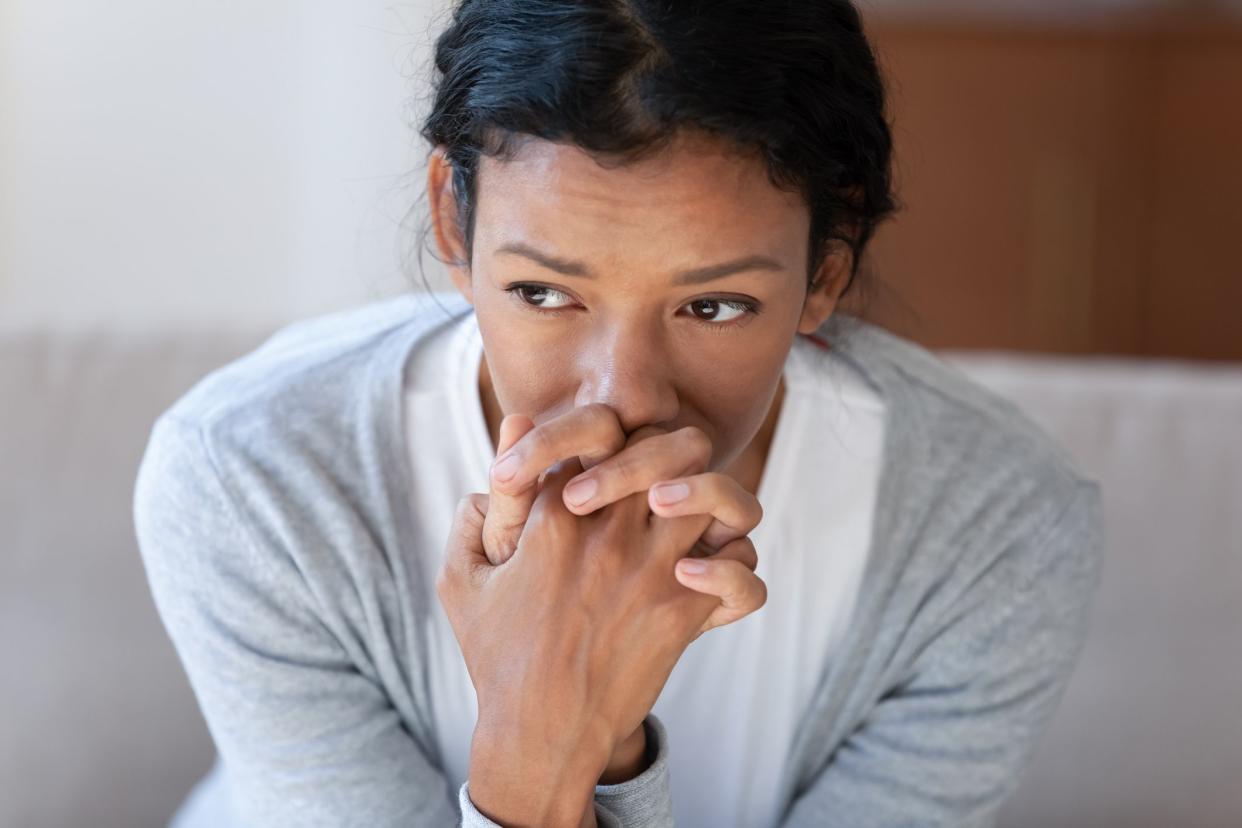
Halloween is full of frights, and that’s what makes it so much fun — at least, for most people. Some people suffer from an intense fear of Halloween called samhainophobia. This anxiety disorder causes debilitating fear that can lead to symptoms like heart palpitations, sweating, and even a feeling of being smothered.
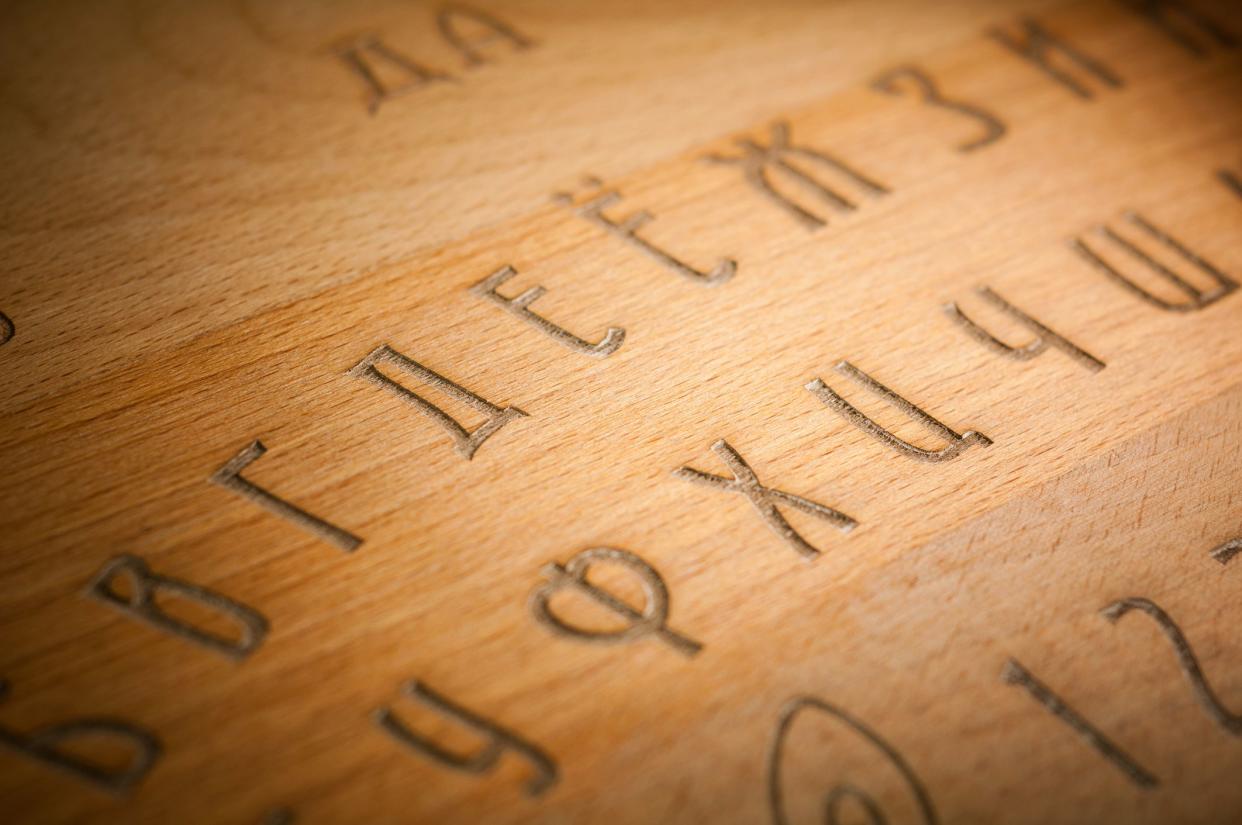
What’s creepier than a Ouija board? A giant Ouija board. The largest Ouija board in the world was completed on Oct. 28, 2016 — just a few days before Halloween. It was strategically created on the roof of the Grand Midway Hotel in Windber, Pennsylvania, which is rumored to be haunted.
Related: The 20 Most Haunted Hotels in America
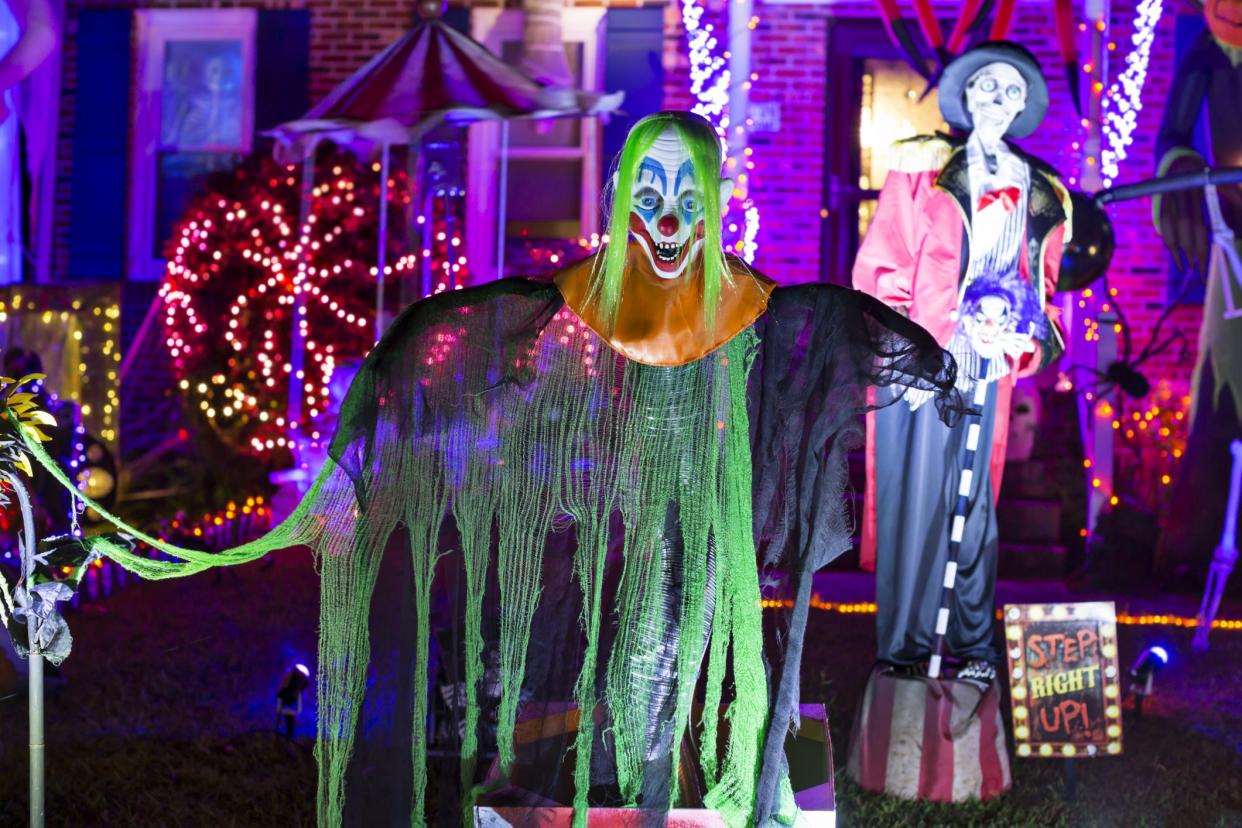
There’s a fascinating explanation behind why purple is a Halloween color. Orange represents the colors common with fall, and black is closely associated with death and evil. But purple may have been introduced as a softer, more kid-friendly option than black. Marketers can use purple as a gentler color to appeal to younger kids.
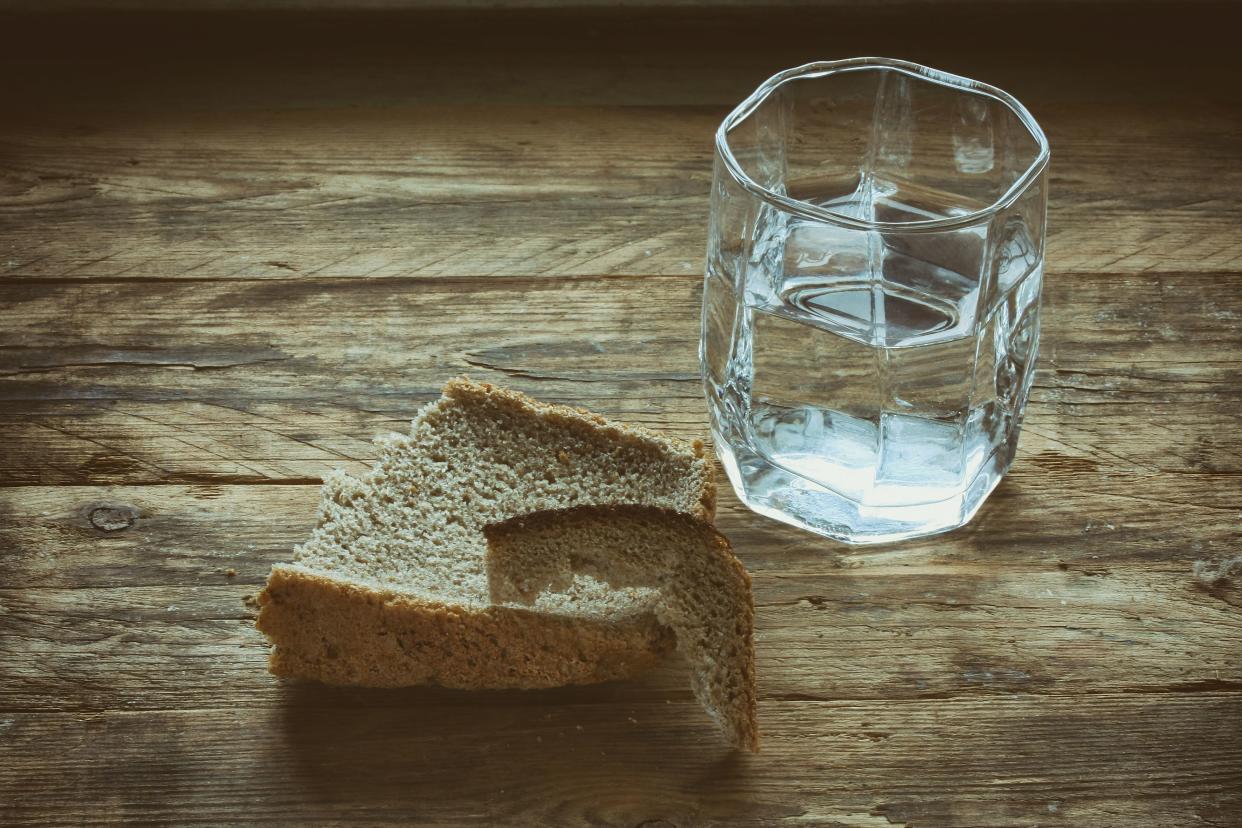
Believing that the souls of dead relatives return on Halloween, Austrians leave out bread and water to feed them. They also put out a lamp so the souls can see the meal that’s waiting for them.
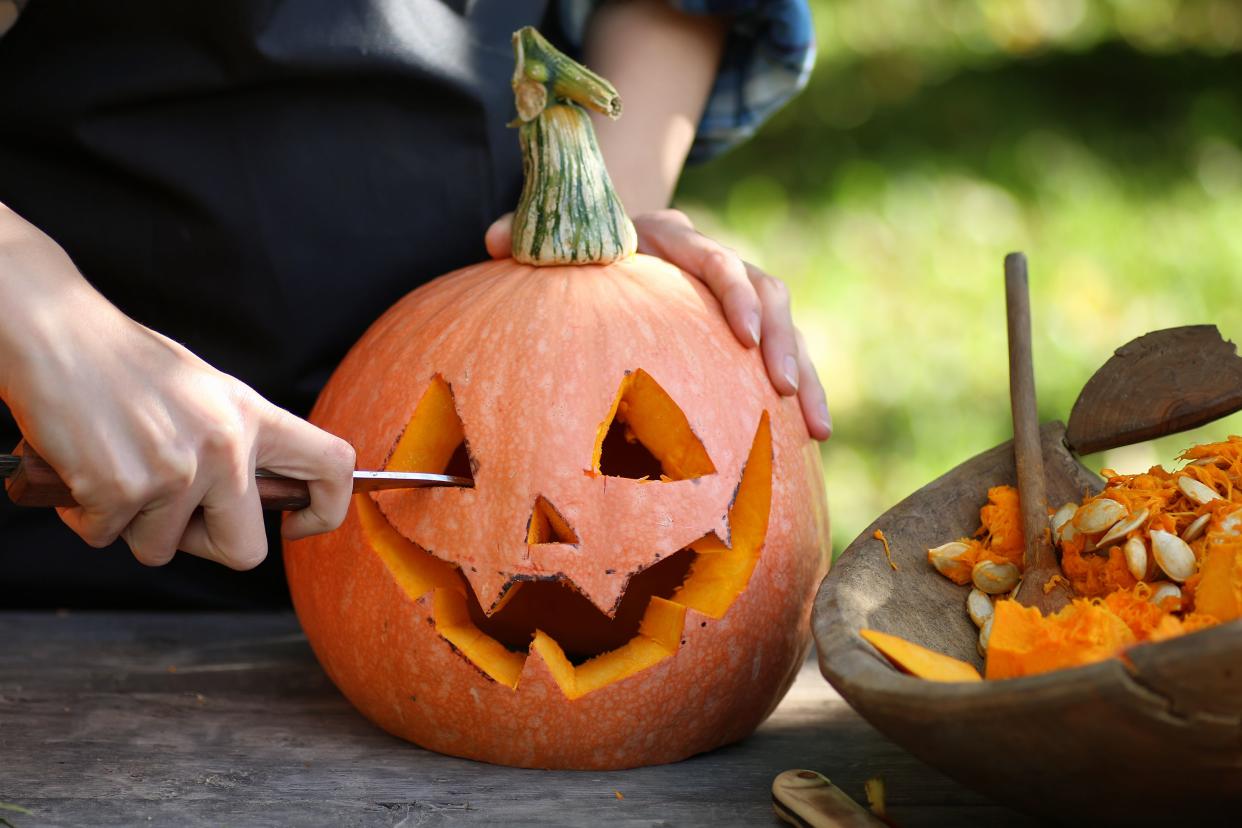
On Oct. 31, 2013, Stephen Clarke of New York earned the Guinness World Record for the fastest pumpkin carving time. The pumpkin had to have a face that included eyes, nose, a mouth, and ears. His time? A stunning 16.47 seconds.
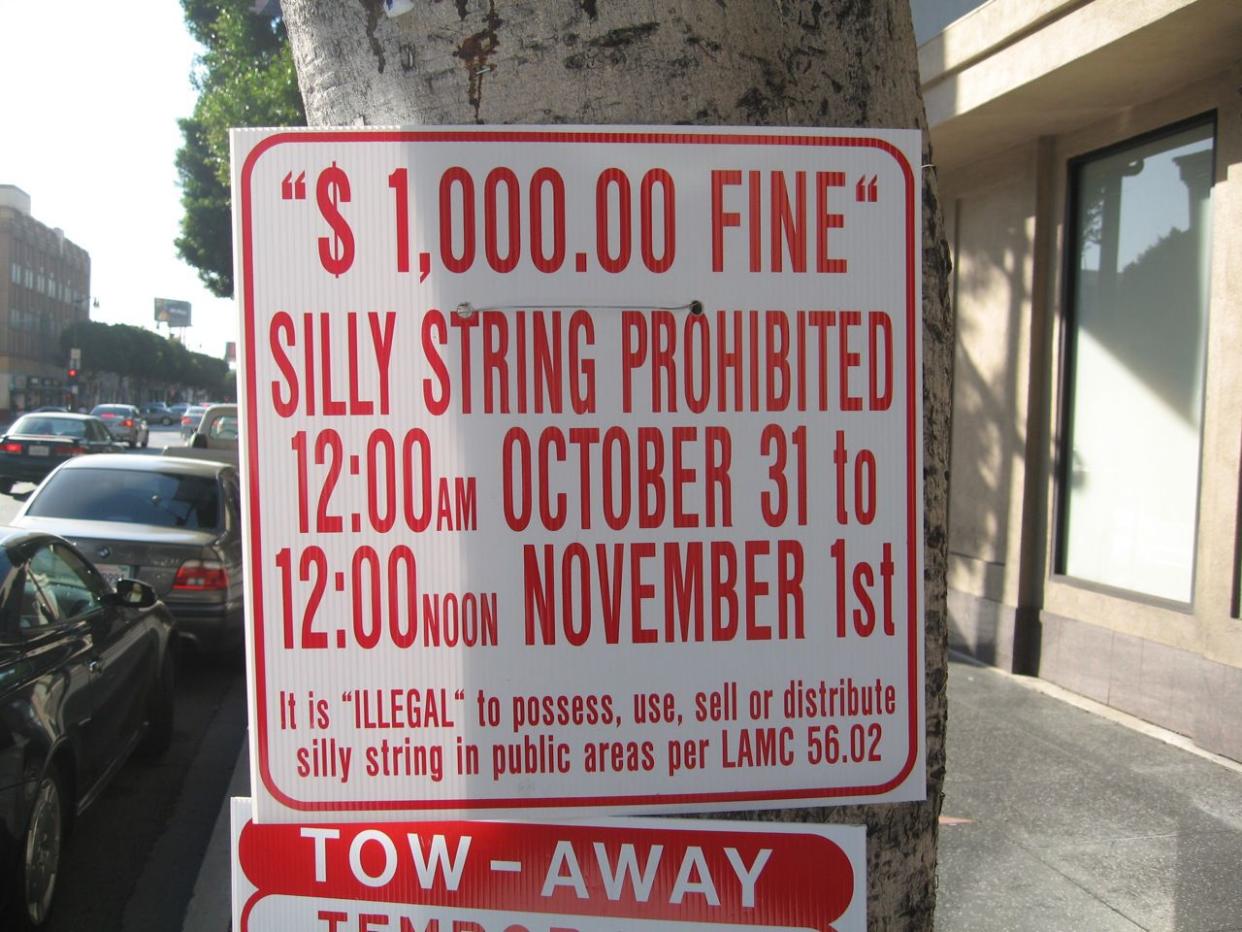
Houses get covered in TP and eggs every Halloween, but if you’re in Hollywood, California, you’d better avoid the Silly String. The city passed an ordinance in 2004 banning the substance on Halloween. The ordinance refers to Silly String as a safety hazard for pedestrians and police officers, and notes that many empty cans are discarded during Halloween festivities each year.
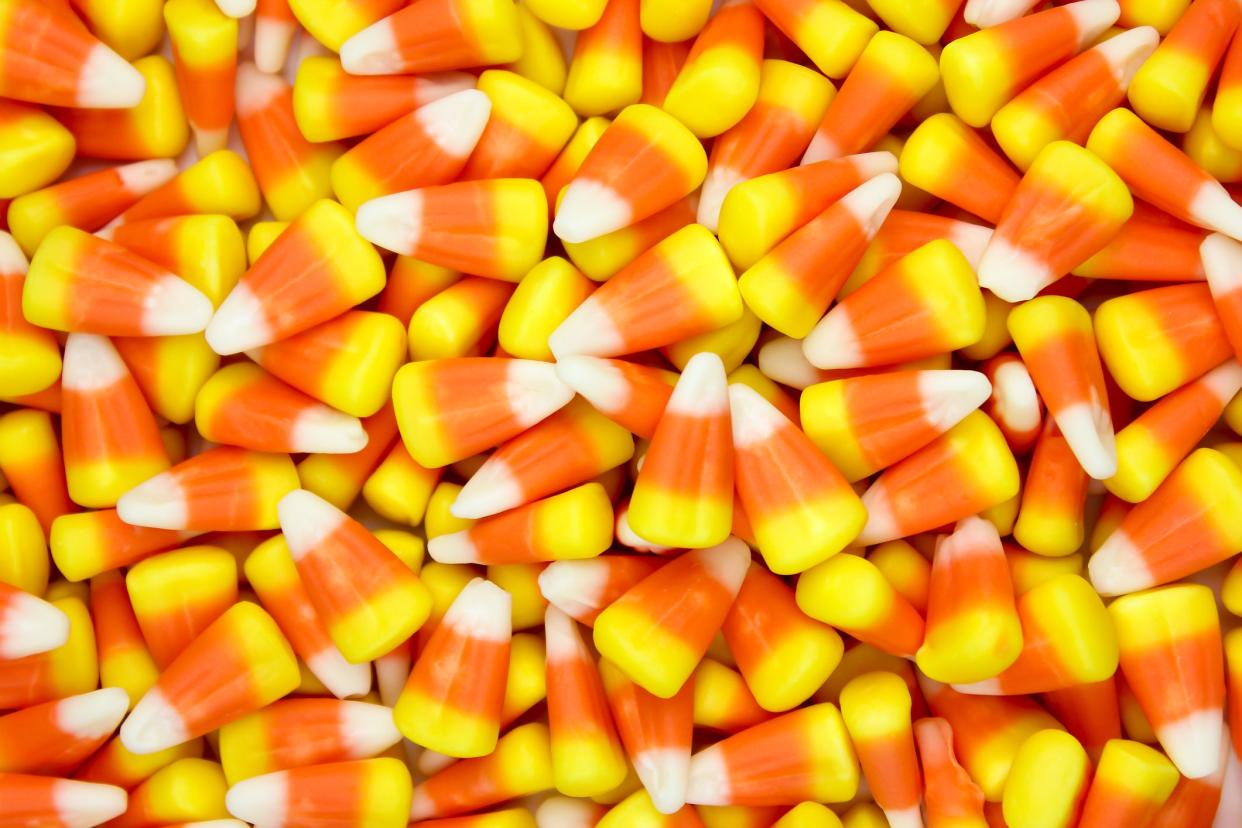
Whether you love it or hate it, candy corn is an iconic Halloween candy. This sweet treat likely originated in the 1880s. When the Goelitz Candy Co. started marketing it in 1898, it deemed it “Chicken Feed,” since at the time, many Americans didn’t consider corn to be food for humans.
Related: The Forgotten History Behind Your Favorite Candies
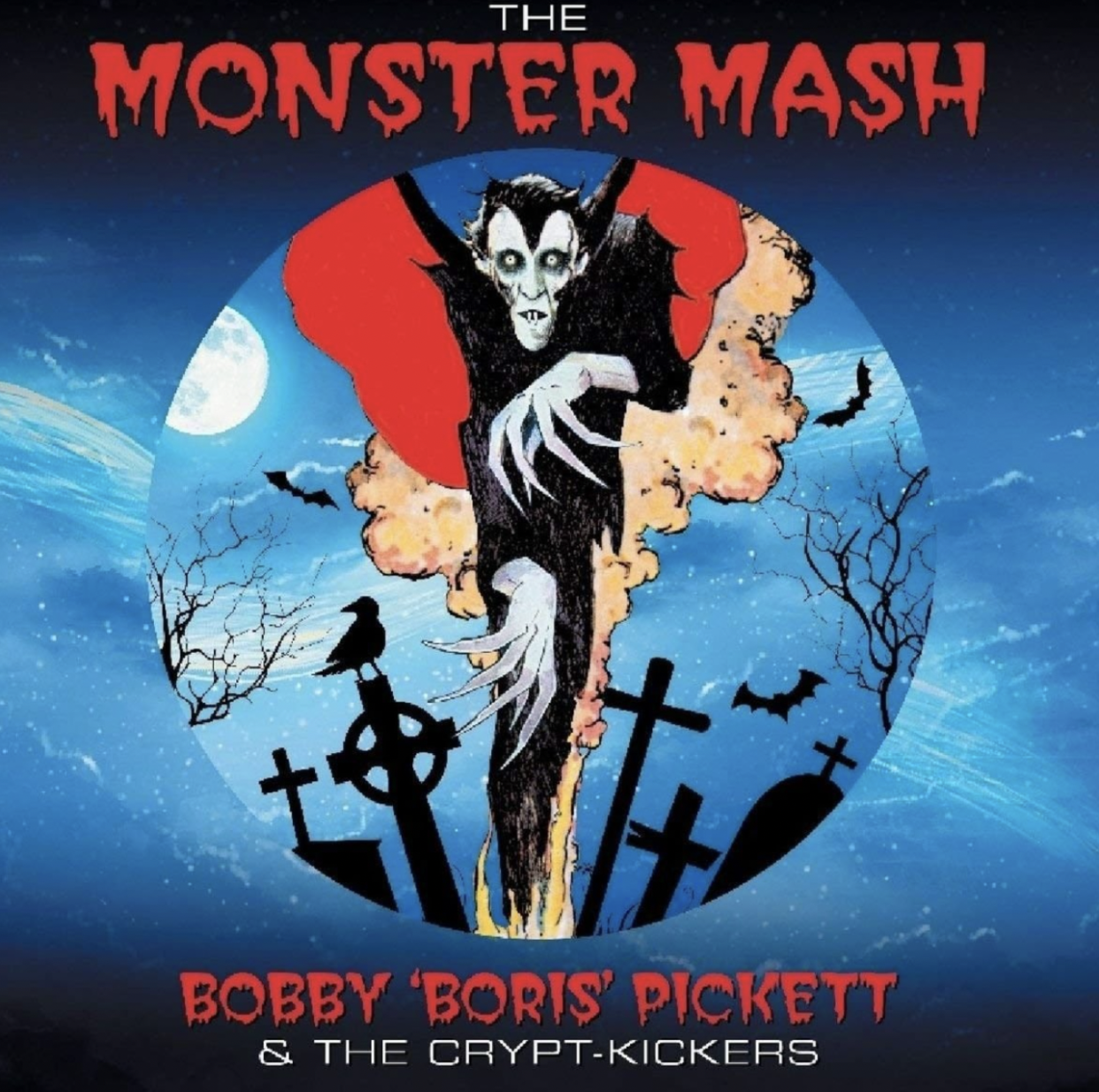
While Bobby Pickett’s 1962 “Monster Mash” song was a lighthearted spoof of the dance crazes of the time, the BBC didn’t see the humor in the song. The BBC temporarily banned the song for being “too morbid.” The song didn’t reach the U.K. charts until 1973, the year after it was released.
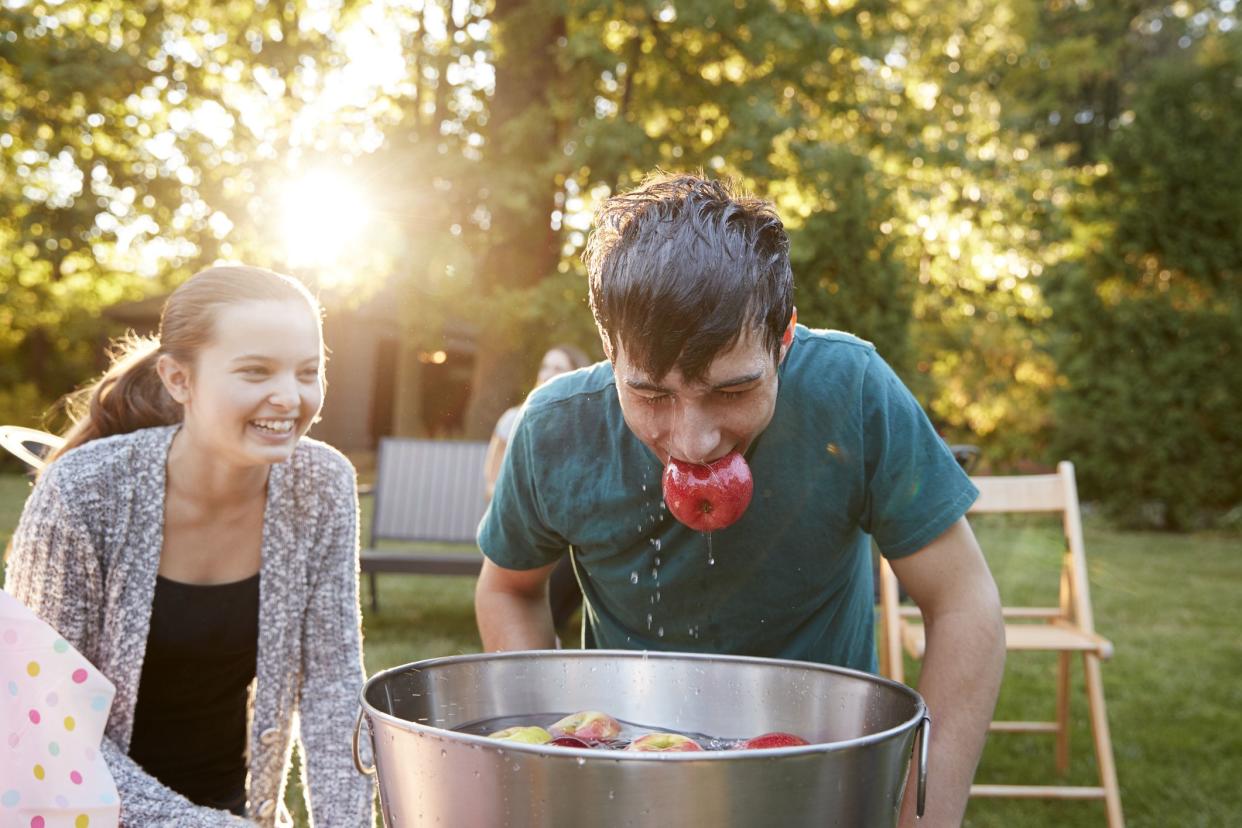
Bobbing for apples is a Halloween party tradition, but its origins are romantic ones. The British bobbed apples as a courting ritual. According to one superstition, if a girl bit an apple and then put it under her pillow, she would dream of her soul mate.
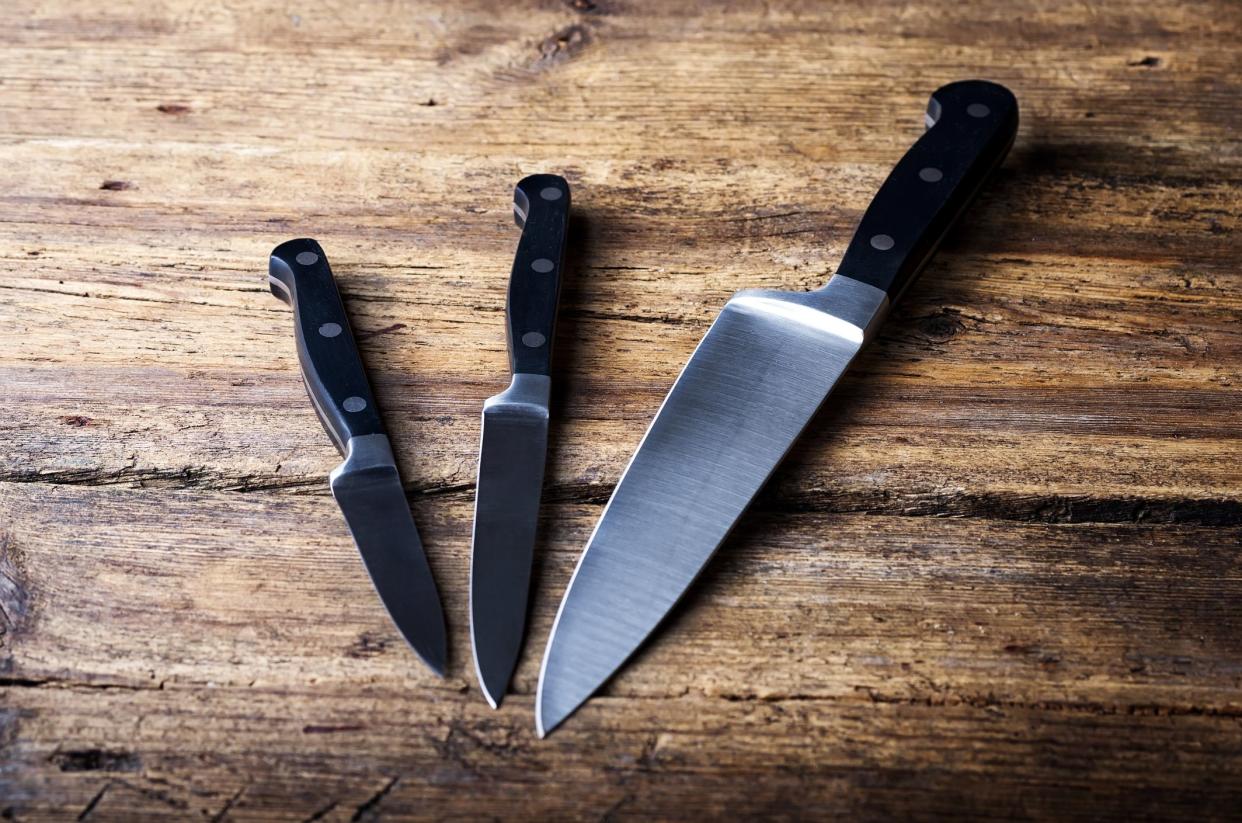
In Germany, it’s tradition to hide all your knives on Halloween. Because it’s believed that the souls of family and friends return on that special day, some families put their knives away so they don’t accidentally hurt those souls.
Related: Vintage Halloween Photos That Will Haunt You
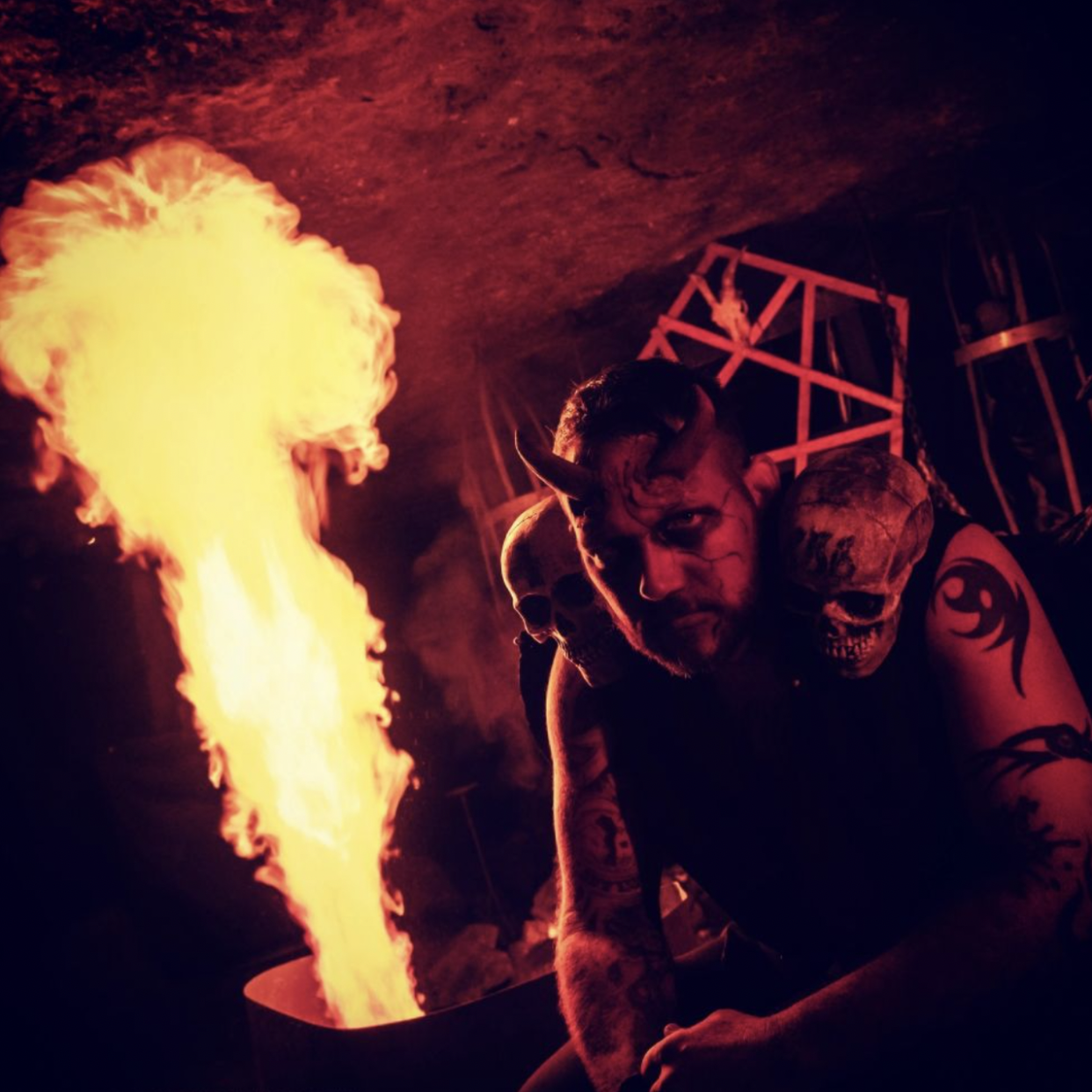
Haunted houses are a dime a dozen — how about a haunted cave, instead? The Lewisburg Haunted Cave is located 80 feet below ground. It’s home to 30,000 live bats and, at 3,564 feet long, it's the world’s longest haunt.

Like Cheapism's content? Be sure to follow us.
